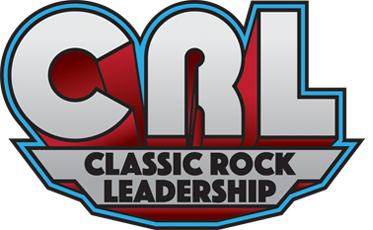With all of the CEOs I’ve worked with, one of the biggest challenges they face is themselves. In other words, they get in their own way and micromanage their teams. It’s a hard habit to break since they are used to handling so many responsibilities when they first started the company. But as their company grows, they have to start giving up more responsibilities to their employees. Micromanaging your team sends the wrong message and creates a toxic atmosphere. If you want your company to grow, you must create an atmosphere conducive to growth.
Build the right team
The first step is to hire the right people, then groom, and develop them. When you’re confident in your team, you feel comfortable stepping back. Stepping back allows you to spend more time providing strategy, vision, and passion for the organization. What you SHOULD be doing!
The CEO is the visionary, and shouldn’t focus on the daily operational miniscule tasks. I know, easier said than done – and I’ve been guilty of it myself over the years. It all comes down to building the right team, and believing they can do the job.
Loosen your grip
The rock band .38 Special has a song entitled “Hold on Loosely,” which talks about a girl, who’s affectionately known as “baby.” As the song relates to business, think of the “baby” as your company and employees that drive it. I know for a fact that CEOs of small- to medium-sized companies think of their company as their “baby.”
Just hold on loosely but don’t let go
If you cling too tightly
You’re gonna lose control
Your baby needs someone to believe in
And a whole lot of space to breathe in
It’s so damn easy
When your feelings are such
To overprotect her
To love her too much
— .38 Special, “Hold On Loosely”
CEOs need to hold on of course, but “loosely.” You can still have control, but delegate most of the work. Have meetings, checkpoints, or dashboards to keep you aware of what’s going on with your “baby.”
Allow your team to flourish
If you cling too tightly, you are going to lose control because you are telling your people you don’t believe in them. What’s more, they can’t breathe because you are stifling their creativity. Your company simply can’t grow if you don’t give your employees space to learn and grow.
Just as an expert jockey knows when to loosen the reigns a bit to let the horse run hard and be a winner, your team needs to know they can run and do great things for your company too.
Keep your A-players happy
The biggest detriment from micromanaging is that you’ll lose your A-players, and be stuck with B and C-players. You don’t want that to happen. Every successful company is filled with A-players…spend the bulk of your time with THEM, train your B-players too, and work those C-players OUT!
At one of my previous jobs, I had a micromanaging boss. I once wrote an assignment for him, and he recommended changes. I incorporated the changes, and resubmitted. He then changed HIS changes back to my original submission. “Why am I wasting my time?” I thought. I was so miserable and frustrated with his leadership style, that I couldn’t take it anymore and eventually left the company.
Just remember this: OVER protecting your company — your baby — will only stop it from growing, much like “helicopter parents” stifle their children’s growth. Starting TODAY, “Hold on Loosely”, but don’t let go. With the right grip, watch your people and your “baby” grow beyond your wildest dreams!
Brian’s Musical Inspiration:
RIFF: Don Barnes of .38 Special came up with the title. It was something he heard Dinah Shore say on her talk show when she had a guest on talking about giving her husband space in their relationship. Speaking about the range of influences that show up in this song, co-writer Jim Peterik said: “The bridge was straight out of the Doobie Brothers songbook. If I look at that song, it’s kind of a meld of a lot of influences of mine from that time. The eighth notes are very Cars-like from that time and the bridge was “What a Fool Believes” upside down.
BAND ON WIKI: https://en.wikipedia.org/wiki/38_Special_%28band%29
WEBSITE: http://38special.com/




